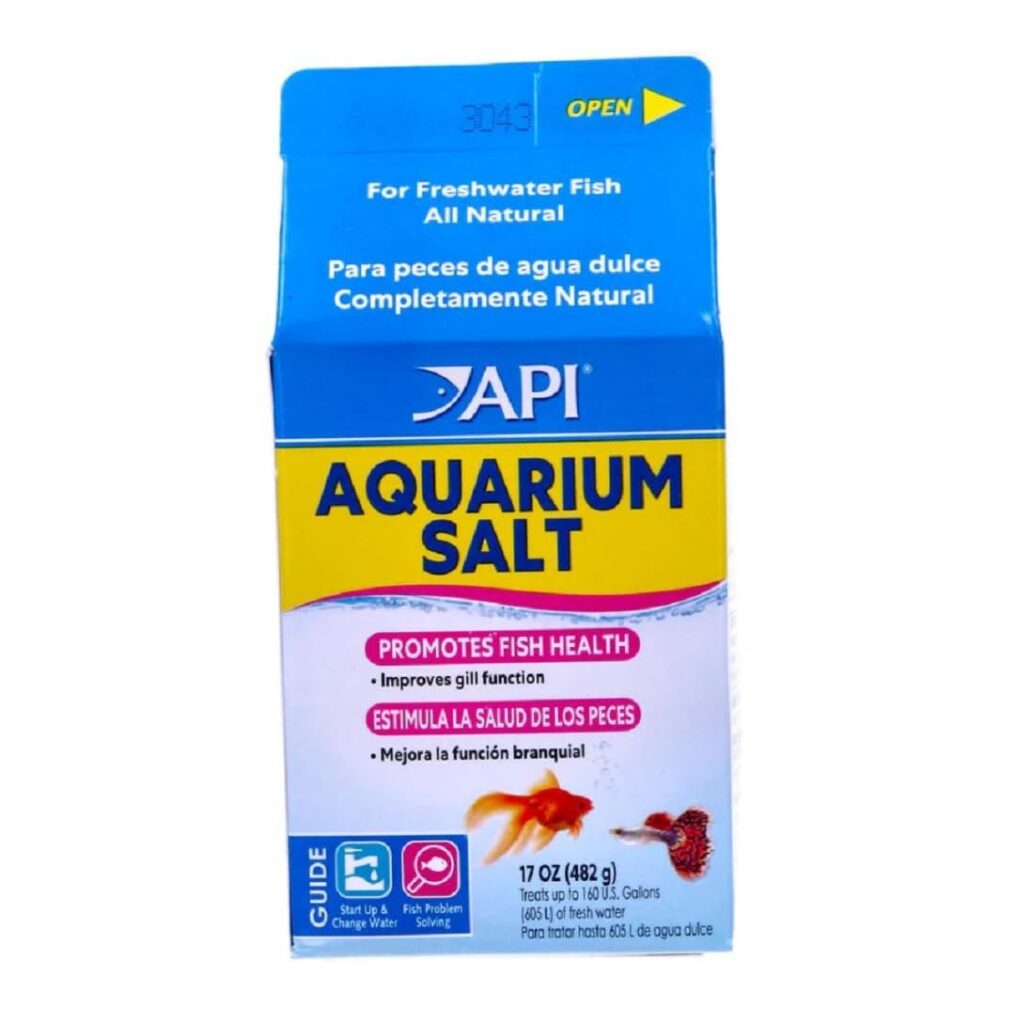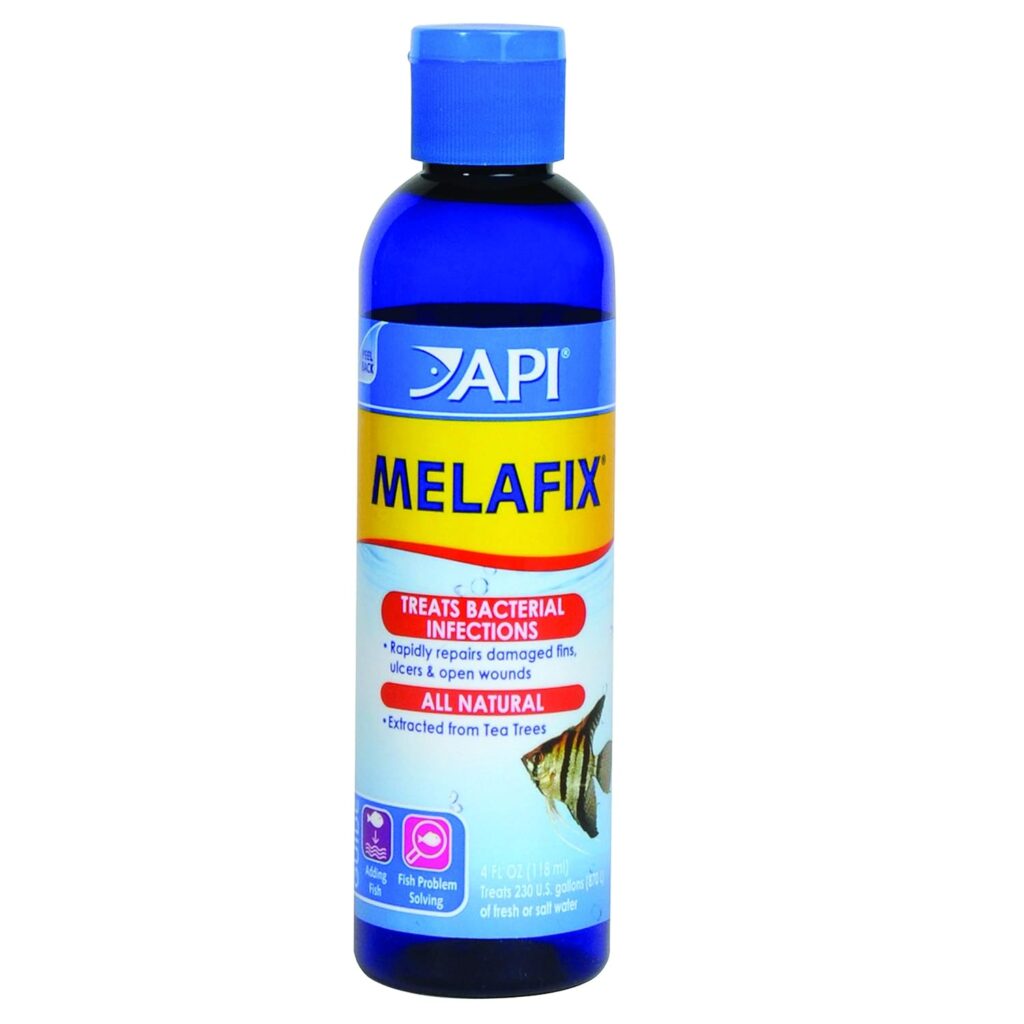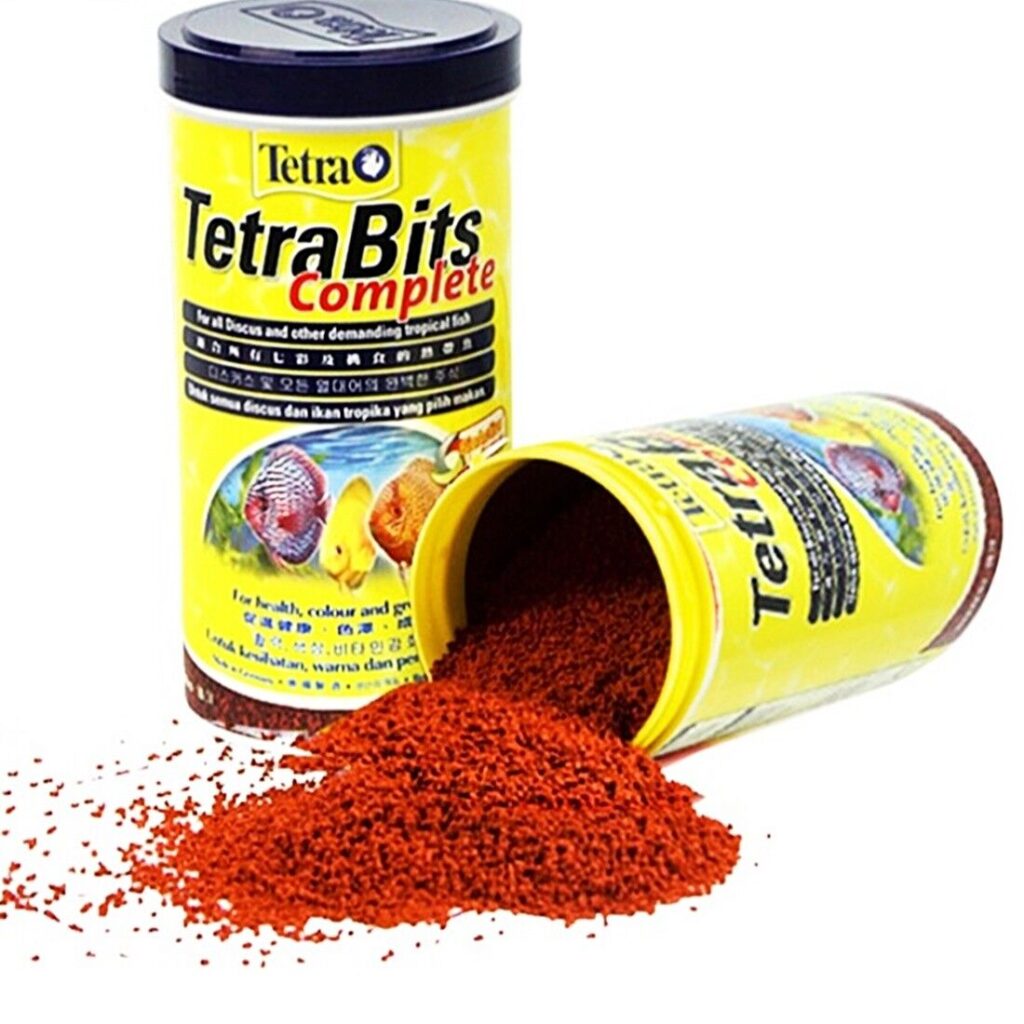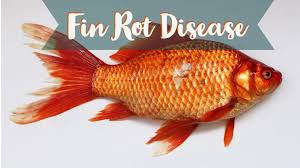Fin Rot Treatment: A Complete Guide for Healthy Fish
Fin rot is one of the most common fish diseases, affecting both freshwater and saltwater species. It is a serious bacterial infection that causes the fish’s fins and tail to deteriorate, often leading to the death of the affected fish if left untreated. If you’re an aquarium hobbyist or a professional aquarist, knowing how to treat fin rot is crucial to maintaining the health of your aquatic pets. This guide will cover everything you need to know about fin rot treatment, including its causes, symptoms, and effective treatment methods.
What is Fin Rot?
Fin rot is a progressive condition that affects the fins and tail of fish. It is usually caused by a bacterial infection, but it can also be the result of environmental stressors. When the bacteria infect the tissue around the fish’s fins, the tissue starts to break down, causing the fins to appear ragged, decayed, and often to recede. If the infection goes untreated, it can lead to further damage to the fish’s body and, in severe cases, can be fatal.
Common Causes of Fin Rot
There are several factors that can lead to the development of fin rot. Understanding the causes is essential for effective fin rot treatment:
- Bacterial Infection: The most common cause of fin rot is bacterial infection, often by species like Pseudomonas or Aeromonas. These bacteria thrive in poor water quality or when a fish’s immune system is compromised.
- Poor Water Quality: Dirty water with high levels of ammonia, nitrites, and nitrates can cause a lot of stress on fish, making them more susceptible to infections. High levels of organic waste, uneaten food, and other contaminants can promote the growth of harmful bacteria.
- Injury or Trauma: If a fish sustains an injury, either from fighting with other fish or from hitting sharp objects in the tank, it can become vulnerable to infection. Once the skin or fins are broken, bacteria can enter and cause fin rot.
- Stress: Stress from overcrowding, inappropriate tank mates, or sudden temperature changes weakens a fish’s immune system. Stressed fish are much more prone to infections like fin rot.
- Poor Diet: Fish that are not provided with a balanced diet may have a compromised immune system, making them more vulnerable to diseases like fin rot.
Symptoms of Fin Rot
It’s important to recognize the early signs of fin rot so that you can begin fin rot treatment promptly. Here are the most common symptoms:
- Tattered or Frayed Fins: One of the first signs of fin rot is the appearance of ragged or frayed fins. This is caused by the bacterial infection affecting the fin tissue.
- Discoloration: Affected fins may appear pale, grayish, or have dark edges, which indicates that the tissue is dying.
- Redness or Inflammation: Infected fins may become inflamed, and you may notice redness around the edges of the fins or tail.
- Foul Odor: As the fin rot progresses, a foul smell may emanate from the fish or tank. This is due to the decay of the fin tissue.
- Loss of Fins: In severe cases, the fins may completely rot away, leaving only stubs where the fins used to be. The fish may become immobile and lose its ability to swim properly.
- Lethargy and Loss of Appetite: As the infection worsens, the fish may become lethargic, swim less, and show a lack of interest in food.
How to Treat Fin Rot
The earlier you catch fin rot, the easier it is to treat. Below are the main steps involved in fin rot treatment:
1. Isolate the Affected Fish
To prevent the infection from spreading to healthy fish in your tank, immediately isolate the affected fish. Place it in a quarantine tank with clean, filtered water. This will not only prevent contamination but will also reduce stress and allow for focused treatment.
2. Improve Water Quality
One of the most important steps in fin rot treatment is ensuring that the water quality is optimal. Test the water for ammonia, nitrite, nitrate, and pH levels. Make sure that the water is clean and free of contaminants.
- Perform a partial water change (25-50%) to remove any toxins from the water.
- Clean the tank and remove any uneaten food, debris, or algae that may be contributing to poor water quality.
- Check the water filtration system to ensure that it is functioning correctly.
3. Add Aquarium Salt
Adding aquarium salt to the quarantine tank can help reduce the stress on the fish and promote healing. Salt can also help reduce the number of bacteria in the water. Follow the manufacturer’s instructions carefully to avoid overdosing, as too much salt can harm your fish.
Best Aquarium Salt : API Aquarium Salt
- 91% positive ratings from 5K+ customers
- 1K+ recent orders from this brand
- 10+ years on Amazon
- Promotes fish health and disease recovery with increased electrolytes
- Improves respiration for fish in freshwater aquariums

4. Use Antibiotics or Antibacterial Medications
If the bacterial infection is severe, you will need to use antibiotics or antibacterial treatments. Common medications for treating fin rot include:
- Copper-based medications: These can help kill the bacteria that cause fin rot. However, these treatments should be used with caution, as they can harm certain types of fish and invertebrates.
- Furan-2: A popular treatment for fin rot, this antibacterial medication is effective against a wide range of bacteria, including those that cause fin rot.
- API General Cure: This broad-spectrum treatment helps to treat fin rot caused by several types of bacteria.
Best Medication for Fin Rot Disease: API Pima Fix Bacterial Treatment
- All Natural Treatment And Protection Of Bacterial Infections
- Extracted From Tea Trees
- Promotes Regrowth Of Damaged Tissue & Fans
- 91% positive ratings from 5K+ customers
- 1K+ recent orders from this brand
- 10+ years on Amazon

Always read and follow the instructions on the medication label. Some treatments may require that you raise the water temperature slightly to accelerate the healing process. However, be cautious with temperature changes, as sudden shifts can stress the fish further.
5. Provide a Balanced Diet
Feeding your fish a balanced, high-quality diet is crucial for strengthening its immune system and promoting healing. Look for fish food that is rich in vitamins, minerals, and proteins. If the fish refuses to eat, try offering live food or a different type of food to encourage feeding.
Best Fish Food Recommendation For All Types Of Fish: Tetra Bits Complete Fish Pellet Food For All Life Stages
- Complete and balanced nutritional fish food.
- Ideal for all mid-water and bottom feeding fish.
- Contains natural pigment enhances to intensify the radiant color with Beta Glucan, a natural immunity boosting supplement.
- 94% positive ratings from 5K+ customers
- 5K+ recent orders from this brand
- 10+ years on Amazon

6. Maintain Stable Environmental Conditions
During the fin rot treatment period, it’s important to maintain stable tank conditions. Avoid making drastic changes to the temperature, lighting, or other parameters. Keep the tank in a quiet, low-stress environment, and avoid overcrowding.
7. Monitor the Fish’s Progress
After starting treatment, closely monitor the affected fish for any changes. Look for signs of improvement, such as new fin growth and a reduction in the appearance of rot. If the fish’s condition doesn’t improve after a week of treatment, consider consulting an aquarium specialist or trying a different medication.
Preventing Fin Rot in the Future
While fin rot treatment can help your fish recover, prevention is always better than treatment. Here are a few steps you can take to avoid fin rot in the future:
- Maintain Excellent Water Quality: Regularly monitor your tank’s water quality and perform partial water changes to keep the environment clean.
- Avoid Overcrowding: Make sure your tank isn’t overcrowded, as this increases stress and reduces oxygen levels.
- Feed a Balanced Diet: Provide your fish with a nutritious, well-rounded diet to help strengthen their immune systems.
- Quarantine New Fish: Always quarantine new fish before introducing them to your main tank to avoid introducing pathogens.
- Reduce Stress: Provide a comfortable environment with proper hiding spots and suitable tank mates to reduce stress.
Conclusion
Fin rot is a serious disease that can affect fish of all types. However, with prompt action, you can treat fin rot and help your fish recover. By isolating the affected fish, improving water quality, using antibiotics, and maintaining a stress-free environment, you can successfully manage and treat fin rot. Additionally, practicing good tank maintenance and providing proper nutrition will help prevent the condition from occurring in the future.
Always act quickly when you notice the symptoms of fin rot, as early treatment can save your fish from further harm. With proper care and attention, your fish can recover and continue to thrive in their aquarium home.
This article should provide a thorough understanding of fin rot treatment, including all the necessary details for identifying, treating, and preventing the condition.
- 10 Must-Have Aquarium Maintenance Tools You Can’t Live Without!
- Say Goodbye to Fish Lice Forever! The Ultimate Treatment Guide
- Anchor Worms Are Attacking Your Fish! Learn How to Eliminate Them FAST
- Miraculous Betta Fish Fin Rot Treatment – You Won’t Believe How Easy It Is!
- Is Your Fish’s Tail Falling Apart? Discover the Best Fin Rot Treatment That Works!
- Cotton Wool Disease in Fish: Causes, Symptoms & Effective Treatments
- White Spot Fish Treatment: Effective Methods to Protect Your Aquarium
- Effective Dropsy Fish Treatment You Need to Try – Save Your Fish Today!
- How to Set Up a Cichlid Aquarium: A Complete Guide

